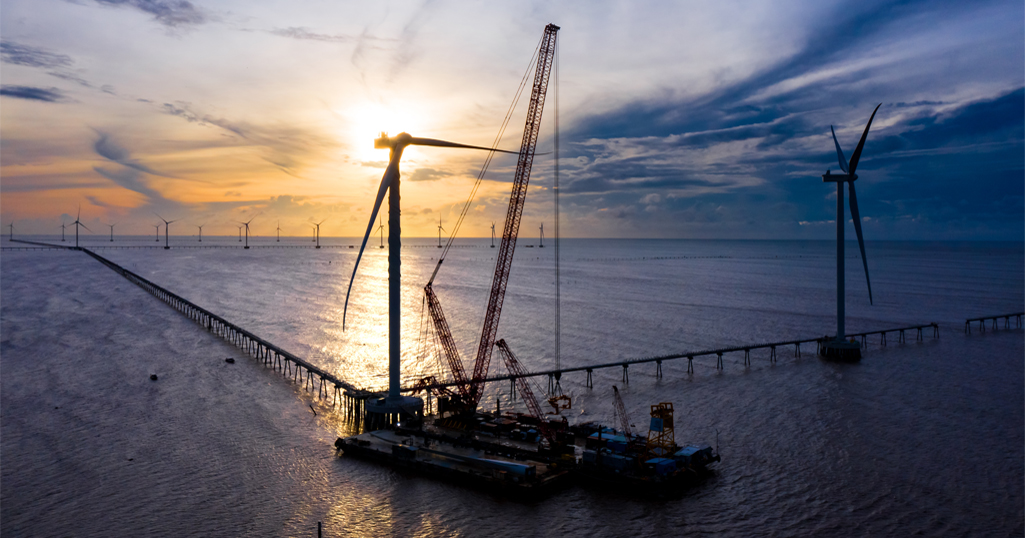Kevin Quillien, Co-founder and CTO of Krucial, writes about how space technology can digitize wind farm construction projects.
Across the world, governments are looking to increase wind power generation, including the USA, which has set a target of deploying 30GW of offshore wind by 2030, and the UK – which is aiming for 50GW of offshore wind to be deployed by the same year.
But in a recent report from the Energy Transitions Commission on streamlining planning and permitting for wind and solar, network availability was identified as one of the barriers slowing down deployment of technologies.
In offshore, remote and often harsh environments, wind farm construction (and other similar projects) face a plethora of complex challenges – not least connectivity, which impacts the ability to use the latest sensor data for environmental monitoring, predictive maintenance and asset condition management.
Maximizing the speed, efficiency and cost-effectiveness of construction in this sector can be difficult in such conditions without access to internet of things (IoT) for constant information about asset use, environmental conditions and worker safety.
Without resilient communications, remote monitoring is impossible. Simply put, if an area has no cellular connectivity, then accessing IoT is difficult. Similarly, if cellular is knocked out due to extreme weather (a high risk on offshore and even some onshore wind farms), then it can’t be relied upon.









